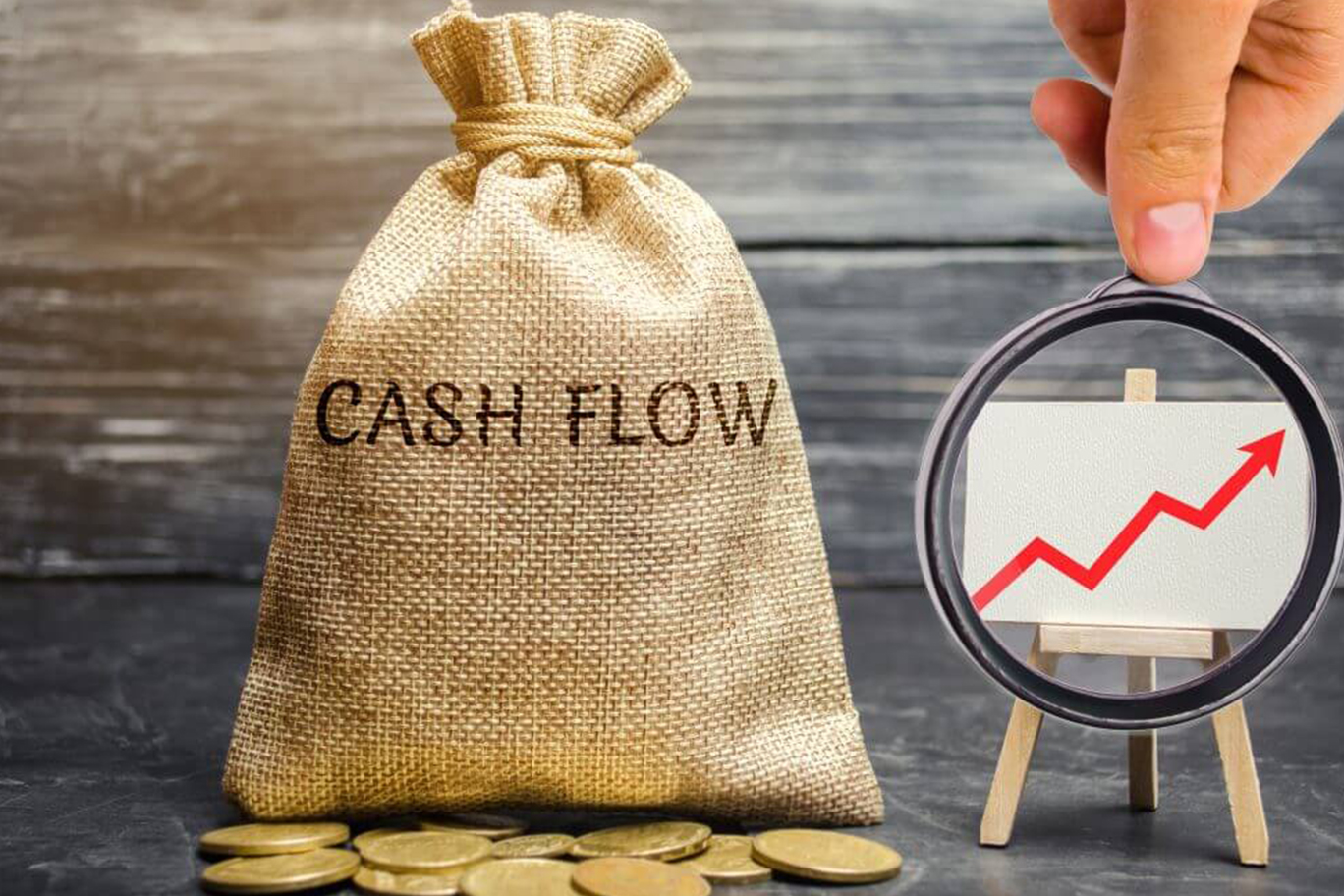
A successful entrepreneur with a good business concept may consistently register record sales and profits, but he or she can go bankrupt because of cash flow problems.
Indeed, managing cash flow is a critical area in finance, one that can spell the difference between the success and failure of a business. So, just like a smart basketball coach who develops a winning strategy by reviewing the “stats” of his team’s strengths and weaknesses, the entrepreneur should similarly monitor his or her cash flow “stats” to develop an effective financial strategy.
The lifeblood of any business is its cash flow. Without it, the business is like a bloodless person.
If you are always unable to collect your accounts receivables on time, you won’t be able to generate enough funds to pay for your operating expenses. Sooner than you think, you will be in financial distress and may even have to close shop.
This is because the cash that goes in and out of your company is what determines your financial position. If you are in cash surplus, you can possibly invest the excess money in short-term investments; if you are in cash deficit, on the other hand, you may need to source financing to bridge your cash shortfalls. Thus, for you to forecast and effectively deal with changes in your cash position, it is important to understand the various factors that affect your cash flow.
When you plan to forecast your cash flow, you may want to use the following template: Start with your actual cash ending balance from the previous month. Add to this balance your cash receipts during the current month, then deduct your cash disbursements during the current month to come up with your cash ending balance for the current month. This will also be your starting cash balance for the next month, with which you may now start with your projection of cash receipts and disbursement for that month.
For cash receipts, you will need to establish a realistic basis for estimating the next month’s sales figure. If you have historical sales data from the previous year, it will be good to assume a seasonal pattern. For example, assume that your sales in December last year was P500,0000 and you noticed that there was a 30 percent drop the following January. Then, when you make your sales forecast for January in the succeeding year, you need to apply a 30 percent downward adjustment on your preceding December sales.
Do the same process for the remaining months of the year to complete a 12-month forecast. (If you sell on credit terms or installment basis, you should be careful to consider only the portion of the receivable that you expect to collect on the specific month that you are forecasting.)
The sources of your cash collections will either be recurring or non-recurring. Recurring items are those that come from operations, such as sales to customers. Non-recurring items are those that come from investment and financing, such as capital advances from your business partners or proceeds from bank loans and other items of similar nature.
For your cash disbursements, you will need to project your various expense categories, which you can determine from your accounting ledger. For some expense items like rental, electricity, supplies, and salaries, you may simply get their historical monthly averages during the previous year and project those averages to the current year, with some minor adjustments if need be.
Another major disbursement item is your payments to suppliers. You will have to project how much inventory you will need to purchase monthly to meet your sales forecast. From there, you can project your payments to your suppliers based on your credit terms. For instance, if you need to pay your supplier after 60 days, you have to input the amount you expect to pay for that particular month.
Once you have your forecast that shows the total cash receipts and cash disbursements projected for each month of the year, you can now get the difference between them to determine your net cash flow. A positive net cash flow indicates that you have generated additional cash to your cash balance; in contrast, a negative net cash flow means you overspent for the month by that amount, which then has to be deducted from your starting cash balance for the next month.
The resulting figure will be your net cash flow for the month in question. The first month in the forecast always uses the actual cash balance in the beginning of the month but ends with a projected cash ending balance. So, when you forecast for the second month, you simply use the first month’s cash ending balance as the cash beginning balance for the next month. Follow this procedure for the rest of the months.
As business events unfold during the year, you need to constantly modify your cash flow forecasts. You may have to lower your sales forecast in the middle of the year when, say, you learn that you have lost some significant customer accounts to your competitors. Or you may have to adjust your expenses upward in the last quarter of the year because of the additional sales staff that you expect to hire during the Christmas holidays. These adjustments are necessary to make your cash flow planning accurate and up-to-date.
When you understand the concept of cash flow and learn how to measure it accurately, you can improve your performance and become more competitive. It will be good to ask your business advisor or accountant for guidance when you are planning to construct your initial cash flow forecast.
Once the template has been made, you can simply input the figures and can easily come up with your forecasts. In any case, always remember that having a cash flow forecast can bring a sense of order and well-being not only to your business but also to yourself as an entrepreneur.
![]()

